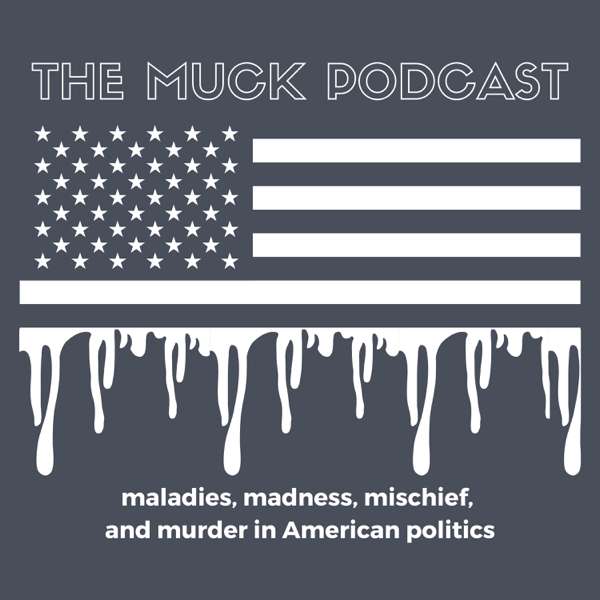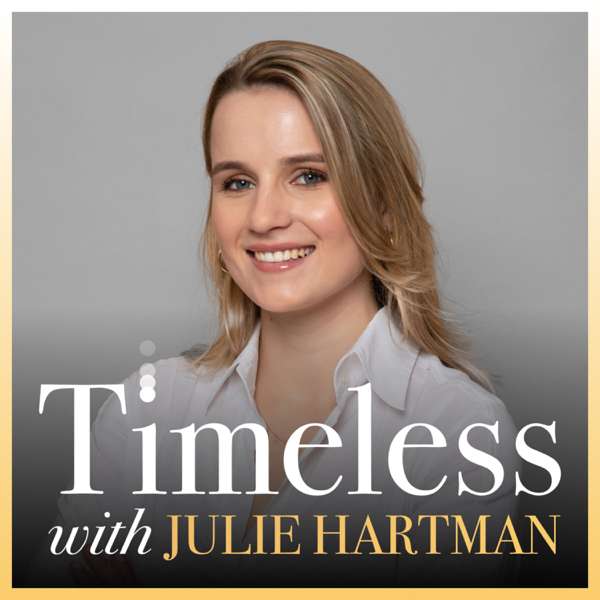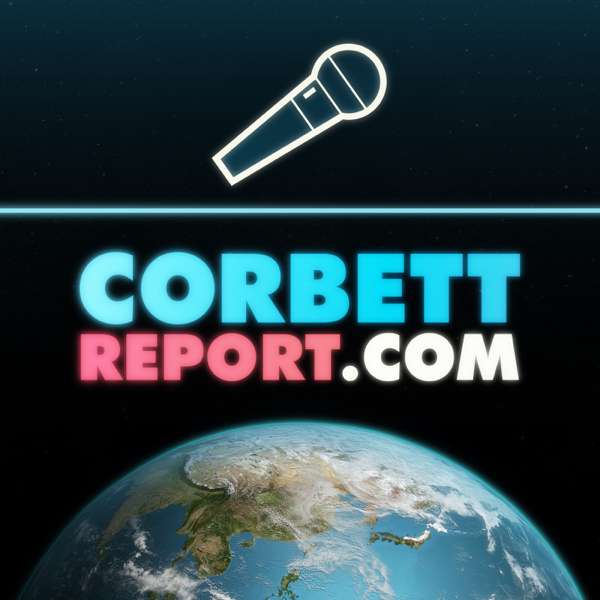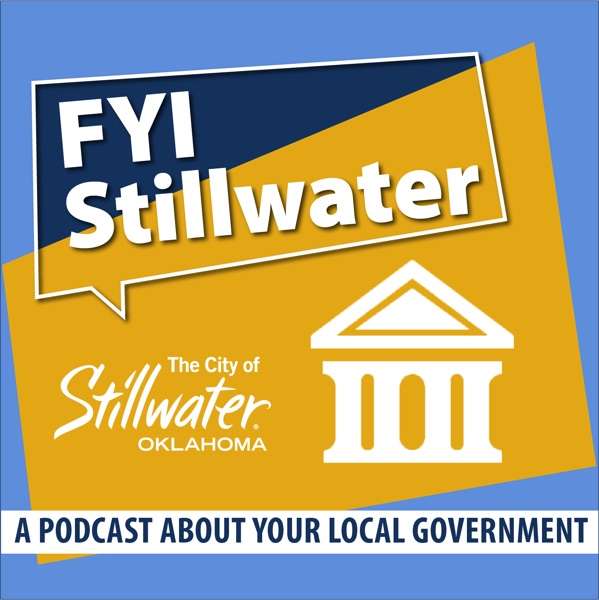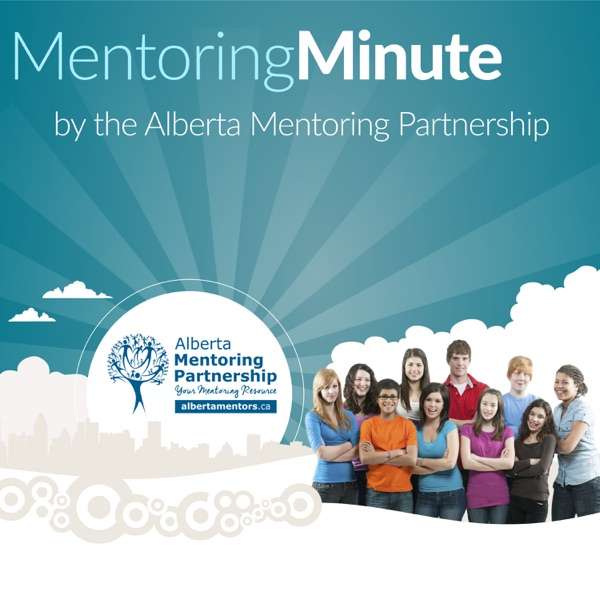Driving Change (DC): In many ways, you have built your career by courting controversy and critiquing the system that you’re now part of. Can you tell us about that journey
Tim Wilson (TW): I’ve gone from the experience of working in the world of ideas to what it means to be practical and to have to implement [those ideas] in terms of policy. That’s been a journey. When you’re in the world of ideas, or the think-tank world, you can stick with very ideological worldviews, things that are very sharp in their focus and sometimes that have an abrasive edge. Whereas the journey I went on, particularly when I was Human Rights Commissioner, and as a parliamentarian, is that you’re exposed to the full complexity of humanity.
What you learn when you keep your mind open is how to translate your big idea into something that’s practical and saleable and connects with people in their life. That’s a sustainable base to affect change. I think you become more aware, more empathetic and more human in the process of your engagement.
DC: What prompted you to seek public office?
TW: It came down to frustration, working in the world of ideas, or even what I was, as Human Rights Commissioner, a statutory officer of the Parliament which has the legal standing and authority to raise some really serious issues. What became obvious is that you can raise [these issues] in the public square, you can shape public debate, but in the end the decisions are made by the people in the room at the time. If you can be in that room at that time, standing up for what I would say are classical liberal values or modern liberal values, about the type of country we want to be [you can have a greater impact].
I saw that, time and time again, and then ultimately the opportunity came up to represent the amazing community that I do, and I seized on that opportunity. It’s been a thoroughly worthwhile journey.
DC: Let’s talk a little bit about the state of policymaking in Australia, which you’re now charged with. People overseas often scratch their heads at Australia. On the one hand, there’s this incredible economic record: 29 years of unbroken growth until the pandemic, the longest growth streak of any developed economy in the world. Australia has largely managed to avoid the very bitter partisanship that we’re seeing in the US and some other places around the world. Yet Australia had six Prime Ministers in 13 years, a carousel of leaders, suggesting that something’s wrong. What are the strengths of Australian policymaking that other countries could learn from, and what needs to be improved?
TW: One of the things that makes Australia unique, particularly amongst Western liberal democracies, is that we have a relatively unified culture across the country. In practice, that means that most people are going on a similar journey. Yes, there are regional differences, but they’re not as stark as they are in other parts of the world— say, for instance, in the United States. I’m in the Southernmost state [Victoria] which is sometimes referred to as the Massachusetts of the south. In the northern state of Queensland, our lived experiences are different. Our cultures are different, they grew up organically, but there is still a common thread of nationhood which I think binds the common values that have made policymaking more straightforward.
The other thing that I think does matter is – and this will be heretical to many international audiences – we have compulsory voting. I realize that’s an infringement on liberty, but what it means is everybody has ownership of the government.
We don’t have a debate about whether the government was legitimately elected or has a legitimate right to implement its reform agenda. Governments are elected, everybody’s had their say, and as a consequence people accept the outcome.
One of the great tests of democracy is not who wins and who’s the victor, it’s whether those who were defeated accept their defeat and accept the legitimacy of the victor. I think that’s central to it.
The other thing, of course, is that 29 years of uninterrupted economic growth has enabled Australia to confront many challenges. It has enabled our country to finance restructuring of the economy or parts of society and to take many people with us on the journey. Now, I’m not saying public policy in Australia is perfect, it’s not. But when you can cushion the impact on people, you’re able to take more people on a journey.
DC: Like most other countries, due to the pandemic Australia is now facing major economic headwinds. Have we been complacent? Have we prepared for this? Do we have the right policy institutions in place?
TW: We are going to face some big challenges, where we’re going to have to have reforms where we won’t have winners and uber-winners, we’re just going to have people who benefit or see the benefit of reform.
There’s going to be a cost, and people are going to have to carry that cost. But not doing anything would impose an even bigger burden. Half of it is about how we get the public discussion right, how we get to a discussion where people understand that there’s a cost to inaction. I think that is going to be a problem.
The other thing is, we’ve built in a lot of welfare and support measures to cushion the impact of previous reforms. The trade-off from that now is there’s quite a lot of financial fat in our welfare system. We’re going to have to become leaner and more agile in the way we operate the country.
I’d still rather work from a position of strength and find a way to slim down than already have significant debt burdens and not have many support measures while trying to address the issues of a globally competitive environment.
DC: Responding to the pandemic is requiring difficult conversations with constituents and the public about the trade-offs involved. How are you seeing this playing out? What needs to happen? How should policymakers go about communicating these trade-offs and the risks involved?
TW: Part of it, unfortunately, is going to require people to experience the consequences of the Covid recession. At the start of the pandemic Australia, because of its relative bounty, was able to cushion the impact— particularly through wage subsidy programs that carried many people through a crisis that’s nearly unprecedented in our history.
But until people feel the consequences of the economic crisis, I think it’ll be hard to make the case for reform. The Economist once wrote of Australia that we’re a “country that’s not very good at managing prosperity but we’re very good in crisis.” When we are confronted with a crisis, when we understand the nature of the problem and that the impact is human, then people will accept that there is a need for change to build a more sustainable future for the country.
I think this is a good time to be prosecuting ideas, particularly around how you restructure the economy to make it more liberal and more dynamic and fit for the 21st century. It’s going to require that lived human experience of Australians to accept that, but I do believe once they do [experience a recession], they will [accept the case for economic reform].
DC: There have been quite a few different policy approaches to managing the pandemic in Australia. As in the US, state governments have responsibility for many aspects of public health and other [policy areas] pertinent to the crisis. What are some of the different approaches that Australian states have taken and what are your views on them?
TW: Different states have taken quite radically different approaches based largely on the attitude of the governments they elect. In my state of Victoria, we have a Labor government, which would be seen as a left-wing Democrat-style government in much of the United States or other countries. They’ve approached [the pandemic] by empowering themselves through the centralization of power, implementing giant lockdowns across the whole of a state, and then deciding which sectors they’re prepared to open. They’re empowering themselves at the expense of citizens.
The state of New South Wales, which is where Sydney is, has a Liberal or Centre-right government, and took a completely different approach. They looked at how to empower citizens to take responsibility but understood that the government’s responsibility is to articulate the case about what needs to be restricted and to justify it.
You see two very different models of governance. One is [based on] high centralization where the citizen has to justify their behaviour to the government – which is the social democratic tradition – and [the other is based on] the liberal democratic tradition, where the government has to justify why it is restricting people’s liberties and the terms on which they’re doing it.
Consequently, Victoria was in lockdown for about six months continuously, with huge detriment to the economy, to livelihoods and to people’s health and welfare. In New South Wales it’s been the complete reverse. Their health circumstances aren’t identical, but their approach is radically different.
DC: As we come out of this emergency phase, how do we ensure that some of the rights and freedoms which most people willingly gave up as part of the public health response are protected in the long term? What does an ongoing response to the crisis look like in terms of balancing rights with the public health response?
TW: We don’t have a bill of rights. In fact, the state of Victoria, which has had some of the harshest measures, has the most rigid legislative Charter of Rights [among Australia’s states]. That was completely discarded once the pandemic started.
It says something about the fact that people were prepared to trade [rights] away and weren’t prepared to stand up for them when they were under attack.
I think that the best approach is to adopt the one that New South Wales has taken, which is to understand that the government has a job to do. We know that the pandemic poses very serious health risks, particularly to the elderly and people with immunosuppressant conditions. But the trade-off should be that the government should then have to justify proportionally why what they’re trying to do is necessary to protect people’s lives.
Things like face masks I have no problem with, and I don’t think they’re a big deal. You can see the proportional relationship between the imposition, or the denial of people’s liberty, and the outcome in terms of public health. Whereas with other measures, like Victoria’s curfew, there was no evidence: in fact, the Chief Health Officer said there was no evidence or public health need for it to be implemented.
I think it’s about getting that sense of balance and proportionality right and understanding that the government has to justify the restrictions and the citizens shouldn’t have to defend their freedoms.
DC: You talk in your new book about the need for a new social contract. This is a topic which is currently rising up the political agenda around the world. Why? And what do you think is uniquely Australian in the need for a new social contract?
TW: I think there’s some fundamental generational imbalances in the structures of our society. I wrote The New Social Contract because we’re seeing issues around young people feeling dispossessed or not being able to realize their full opportunity.
Now, this is not a unique threat to Australia. It’s the same in the United States and the United Kingdom— around the cost of education, limited employment opportunities after the global economic crisis, and of course now this is going to be compounded by Covid-19.
But we also see it in things like house prices. Loose monetary policy has led to asset price inflation, which has been good for people like me who own their own home or own assets, [but has been] at the expense of young people wanting to get opportunities.
We need to have a conversation about what is an intergenerationally just society. For me that is one where older people are able to secure what they have, but don’t get preference for their years of effort and labor and won’t skewer [young people’s] opportunity.
You can create a more inclusive society that moves forward together yet can make quite substantial reform to promote home ownership, to level out tax rates, to remove tax complications and to build what is essentially, in the classical sense, a more liberal, democratic society that’s open for everybody. And a more dynamic capitalism too.
DC: It sounds like you could write a sequel, ‘intergenerational equity after the pandemic.’ It is only getting worse at the moment, right?
TW: That’s right. I wrote the book mostly pre-Covid and warned that Australia’s intergenerational tension was ready to pop as soon as we had an economic crisis. [The pandemic] just started when I was concluding the book and it’s now quite obvious that this is a problem.
We have sacrificed opportunity for younger Australians, as many other countries have for their younger populations, to secure the health and welfare of their older populations. This is only exacerbating an already existing trend. This trend is prevalent in popular culture here, as it is elsewhere
It’s particularly a problem when the systems of governance, tax and ownership structurally work against young people being able to get ahead. We need to address it. Covid-19 is only compounding it. The book was written for the 2020s in the expectation that a lot of the problems I was outlining would be revealed in 2030. In fact, I would argue that the clock is now ticking, that they’re already present and the sort of political crisis that will follow the health and economic crisis will probably hit closer to 2025
DC: If you were going back to the very beginning of your career, what advice would you give yourself?
TW: Never be afraid. One of the things about the contest of ideas is that the worst anybody can do is demonize and criticize you – but it actually has no lasting effect. Particularly in the modern age where people seem to throw around verbitude without any sense of restraint or responsibility, it is really important to stand up for what you believe in and do it with a sense of conviction and passion.
Ultimately, timidity is in surplus in the world. Courage is rare. The more you stand up, the more you can affect change in whatever position you are in. You also, frankly, encourage other people to stand up.
There are other people who will read to scripts or learn off the ideas of others. The people who genuinely have ideas, are genuinely prepared to prosecute them and communicate not just the idea, but their passion and commitment to it with sincerity, ultimately win the day.
Note: This conversati

 Our TOPPODCAST Picks
Our TOPPODCAST Picks  Stay Connected
Stay Connected


